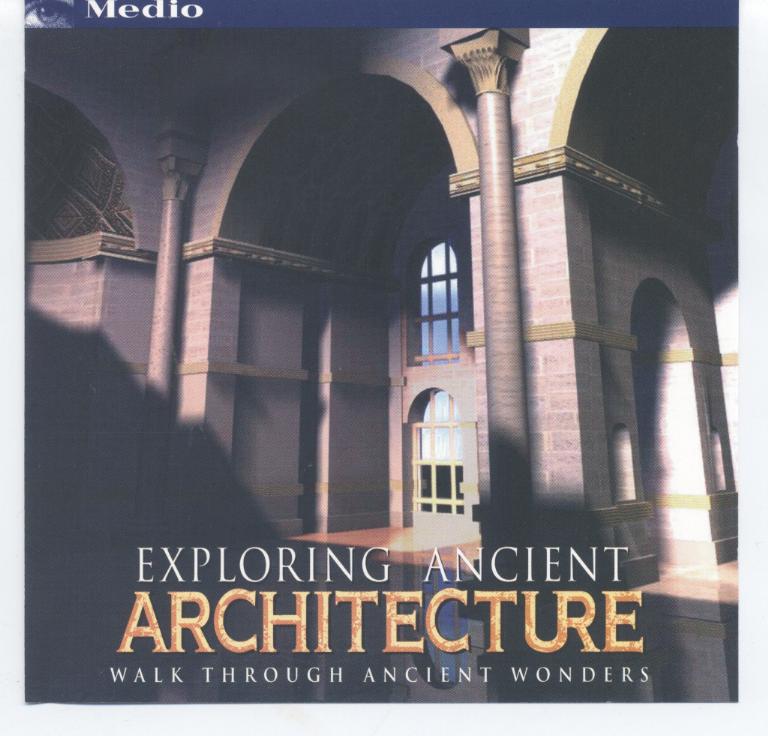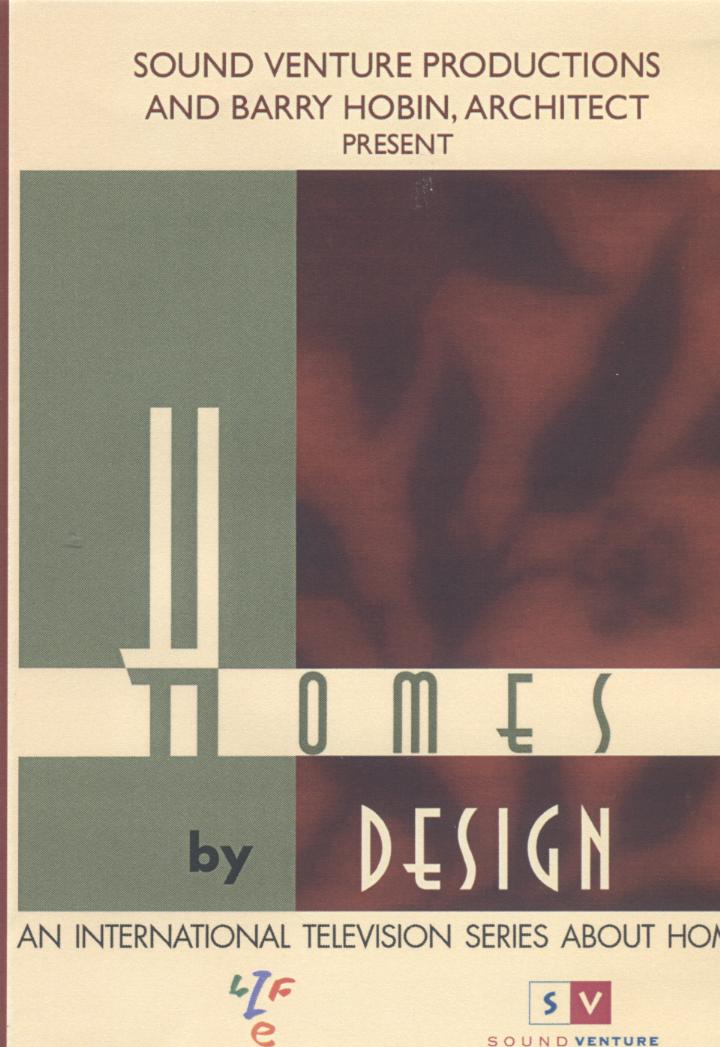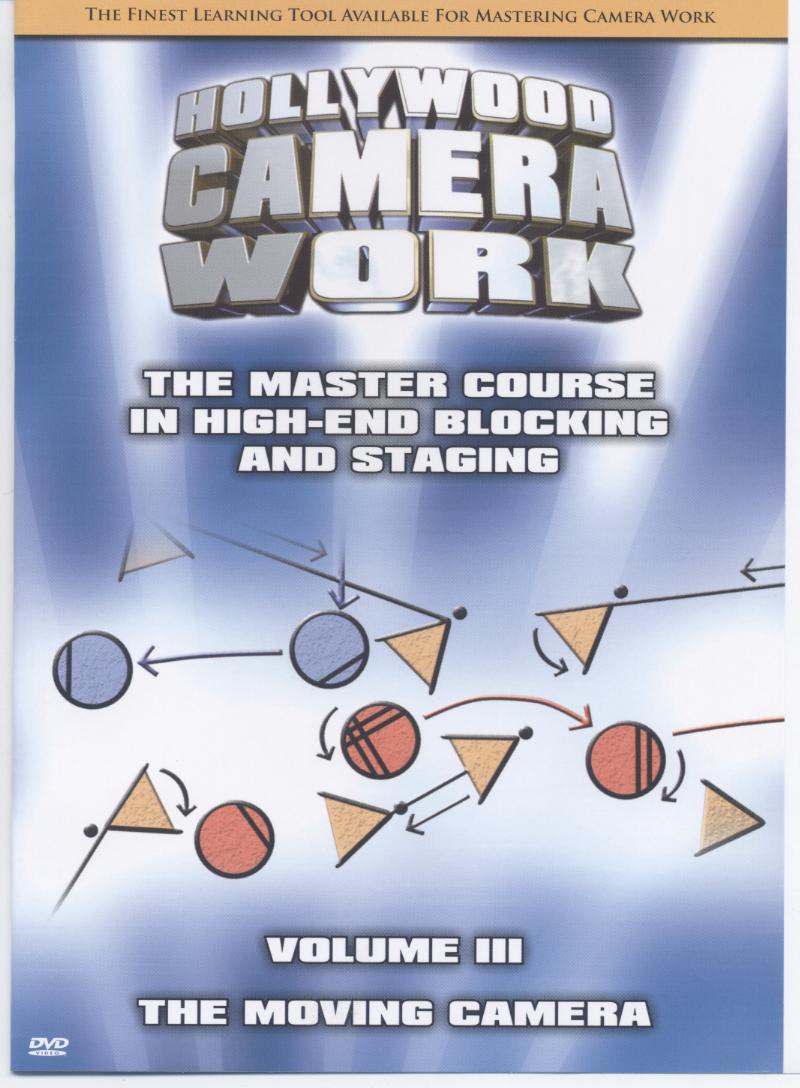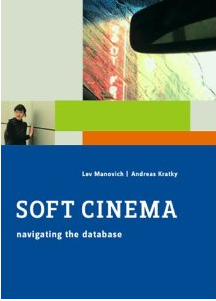|
|
The New NY Stella- Weber and Sheeler

Just as Joseph Stella, who was influenced by the Futurists, rendered New York in paint as the technological sublime, Charles Sheeler photographed and painted New York as the majestic. He abstracted the form from the machine age vistas, turning the buildings into Cubist shapes. Sheeler's New York is more controlled and disciplined than Stella's, and he defines his works as 'Cubist Realism,' which differentiates him from the European Cubists as well. The photographer Paul Strand most closely relates to Sheeler in his sharp-formed, clean-surfaced, and abstracted urban scenes. Sheeler and Strand collaborated on a film that premiered in New York in 1921 and later made a European circuit. In it was the ambiguity between the machine age and nature elements that the transatlantic artists experienced. Originally titled New York the Magnificent and later called Manhattan, this film was inspired by Walt Whitman's poem of the same name, and it displayed the language of New York that is still used by filmmakers today to symbolize this city. In the late 1920s Sheeler began to depict more traditional subjects, much as the Parisian artists did after WW I. His method was to choose simple pieces and divest them from their function in order to show an appreciation of the modern in the old.
此功能為會員專屬功能請先登入
此功能為會員專屬功能請先登入
此功能為會員專屬功能請先登入
此功能為會員專屬功能請先登入
|
書架附近的資料 :
|
 館藏資料查詢 > 詳細資料
館藏資料查詢 > 詳細資料

 借閱次數:
借閱次數: 















